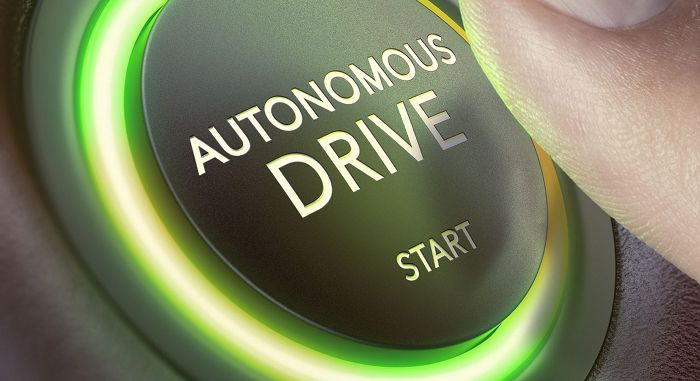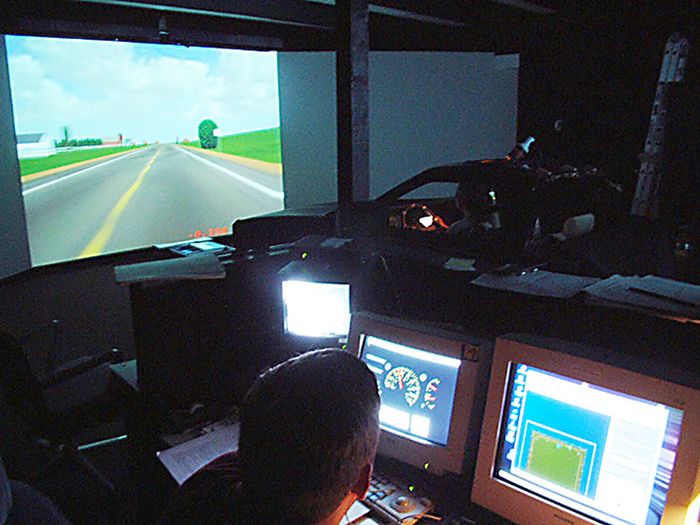Researchers at the University of Michigan (U-M) say that combining human and artificial intelligence (AI) in connected and autonomous vehicles (CAVs) could help accelerate the move toward a wide-scale adoption of driverless cars.
A new project at the U-M Transportation Research Institute (UMTRI) is developing a system that relies on a technique called ‘instantaneous crowdsourcing’ to provide a cost-effective, real-time remote backup for onboard autonomous systems without the need for a human to be physically in the driver’s seat.

The UMTRI researchers say the need for human safety drivers in vehicles, such as Waymo’s recently-introduced autonomous taxis, undermines their cost advantage compared to traditional ridesharing services. This delays widespread CAV deployment, with most researchers agreeing that machines will not be able to completely take over driving duties for many years.
 Instantaneous crowdsourcing differs from earlier efforts at remote human backup in that it can provide human responses in just a few milliseconds, potentially fast enough to help dodge a swerving vehicle or maneuver around a piece of roadway debris. It uses connected vehicle technology and a remotely located control center. Taking place within the space of five seconds or less, this is how the system would work:
Instantaneous crowdsourcing differs from earlier efforts at remote human backup in that it can provide human responses in just a few milliseconds, potentially fast enough to help dodge a swerving vehicle or maneuver around a piece of roadway debris. It uses connected vehicle technology and a remotely located control center. Taking place within the space of five seconds or less, this is how the system would work:
- In-vehicle software analyzes real-time vehicle data and electronically guesses 10-30 seconds into the future to estimate the likelihood of a ‘disengagement’ where human intervention is needed;
- If the likelihood exceeds a pre-set threshold, the system contacts a remotely located control center and sends data from the car;
- The control center’s system analyzes the data, generates several possible scenarios and shows them to human supervisors situated in driving simulators;
- The humans react to the simulations and their responses are sent back to the vehicle;
- The vehicle now has a library of human-generated responses that it can choose from instantaneously, based on information from onboard sensors.

The project is funded by USDOT, with additional finance from the Center for Connected and Automated Transportation at UMTRI, Mcity and U-M’s Mcubed. The developers are currently working on the software platform, and hope to have humans testing the system by the end of the project’s first year, with the system capturing data from actual vehicles by the end of the second year.
“Such a system might sound expensive and cumbersome, but it would be far less expensive than having a human driver in every vehicle,” explained UMTRI professor Robert Hampshire. “This could make it particularly valuable to ridesharing and fleet operators. And the huge volume of miles driven, combined with the fact that autonomous vehicles only rarely need human assistance, could drive economies of scale that would bring down the cost per vehicle.
“There were 3.2 trillion miles driven in the USA last year, and the best autonomous vehicles averaged one disengagement every 5,000 miles. We estimate that if all those miles were automated, you’d need around 50,000 to 100,000 employees, distributed city by city. A network like that could operate as a subscription service, or it could be a government entity, similar to today’s air traffic control system.”






